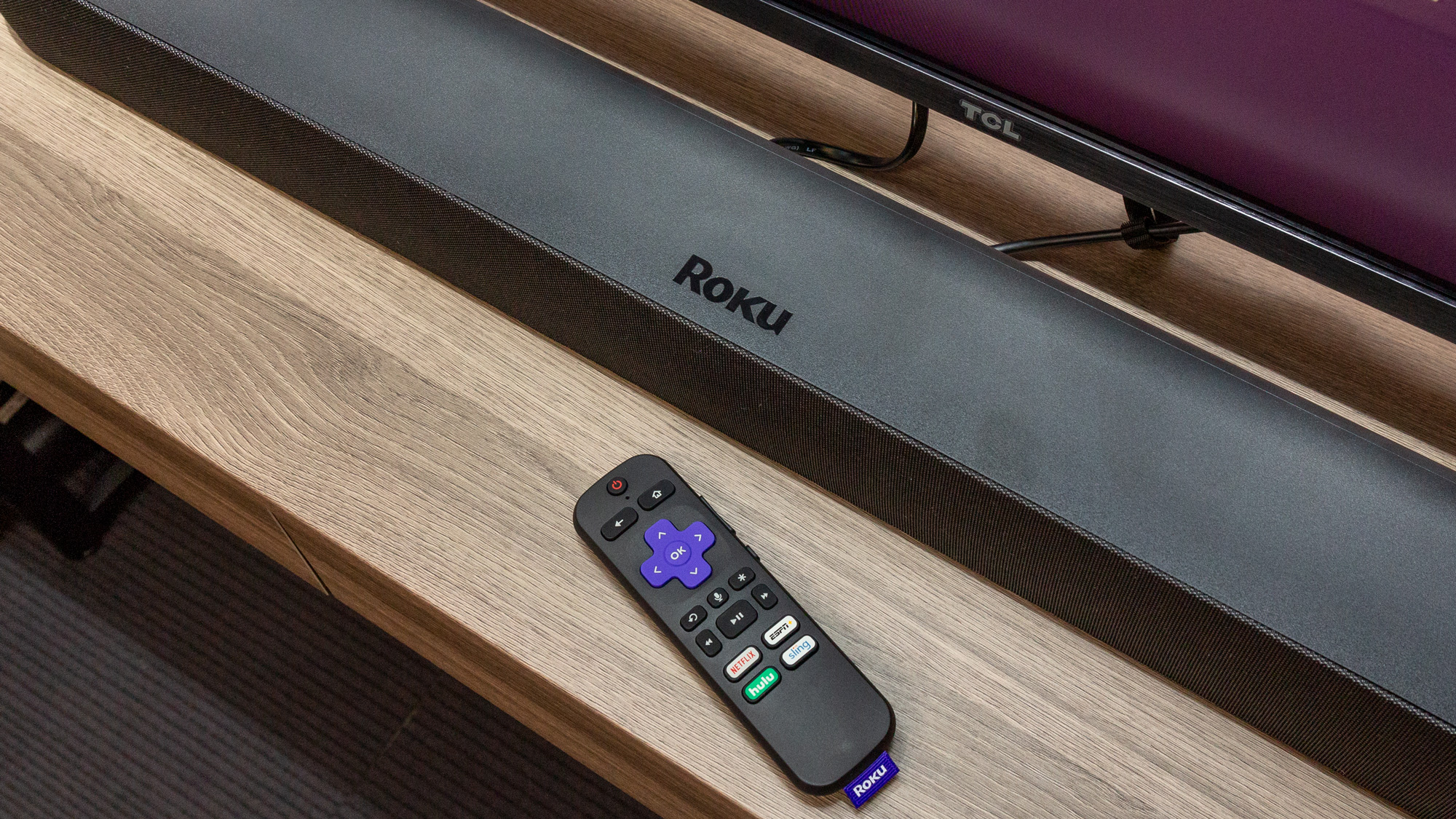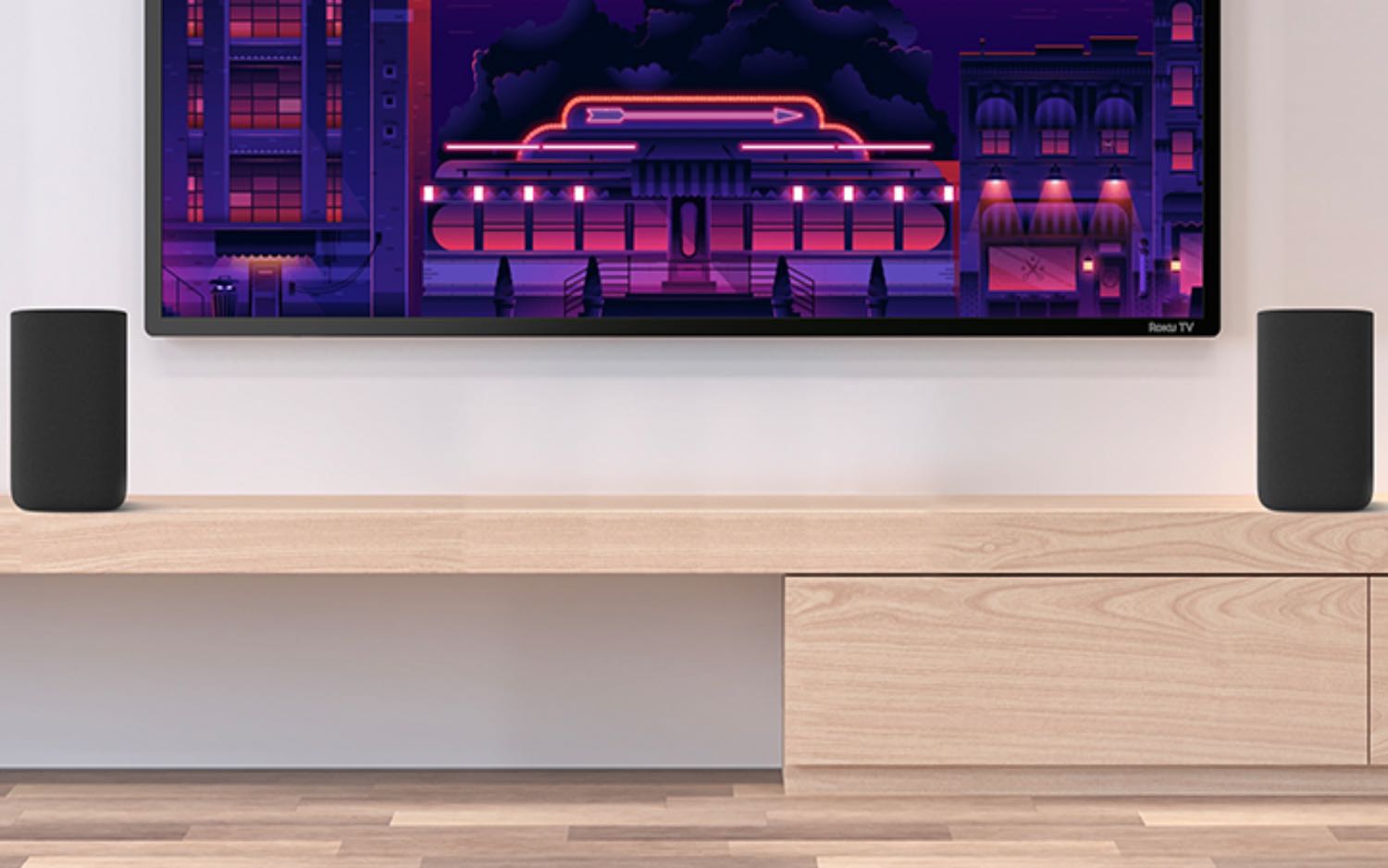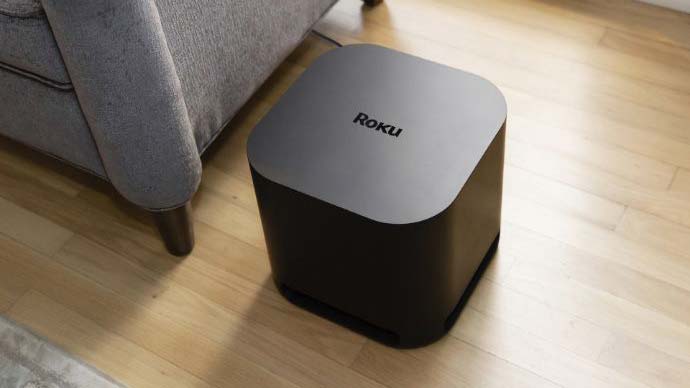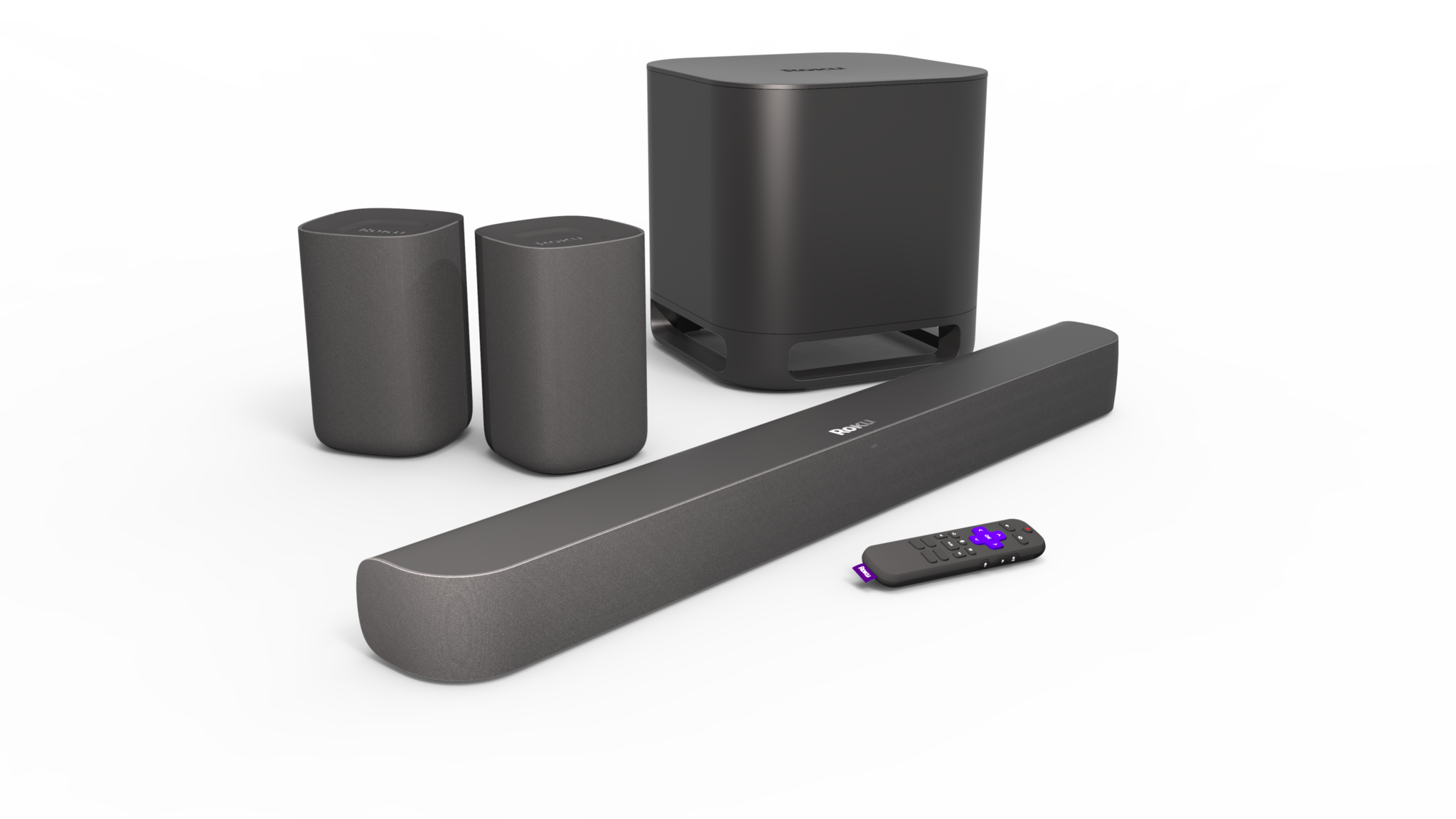Early Verdict
Roku's wireless surround sound works just as well as advertised, but the whole setup can get pretty expensive.
Pros
- +
Easy setup
- +
Good sound quality
- +
Optional subwoofer
Cons
- -
Expensive
- -
Doesn't do much for dialogue
- -
Better for music than movies and TV
Why you can trust Tom's Guide
Roku's new surround-sound system combines a Roku Smart Soundbar with Roku Wireless Speakers for more immersive audio on everything from movies to TV shows to music. I was impressed by the technology when I first tried it at CES 2020, but I was eager to try it out for myself in a more naturalistic environment.
Now that Roku has rolled out the necessary software updates to most devices, I was able to test the surround sound for myself, and I'm pleased to report that it really is as simple as Roku advertises.
- Here are the best soundbars you can buy
- The best Bluetooth speakers for any setup
The whole process — including physical setup, firmware updates and pairing — took less than 10 minutes. The resulting soundscape is a bit on the subtle side, but it's effortless to control, particularly since the Roku Smart Soundbar contains a full Roku player.

Roku wireless surround-sound setup
As someone who once spent a whole afternoon cobbling together a Sony surround-sound set, I was impressed by just how simple Roku made setup — especially since the system is mostly wireless.
First, you'll need a Roku Smart Soundbar and Roku Wireless Speakers. Having a Roku Wireless Subwoofer is optional, but I used one during my tests, and thought it added a satisfying level of bass to the proceedings.
You start by hooking the soundbar up to your TV, which requires an HDMI cord and a power cable. You then position the two speakers somewhere behind your couch, and plug each one into a power source. If you're using a subwoofer, you also plug that in and position it. The speakers and subwoofer connect to the soundbar wirelessly, so cable management is blessedly minimal. The soundbar is also a full Roku player and speaker, which means you won't have to waste valuable entertainment center space on a single-purpose wireless receiver.
From there, you need to update firmware — but the Roku OS takes care of most of this for you. The Roku Smart Soundbar automatically searches for updates when it's connected to the internet, or you can do a manual update from the settings menu. Then, you hold down the Home button on the remote for 5 seconds and select the option for adding speakers. (Adding the subwoofer is a separate process, but you go through the same set of steps.)
The Roku Smart Soundbar will search for the speakers by proximity (you don't need to connect them to Wi-Fi, in other words), then pair them automatically. It will also transmit any necessary firmware updates. Once this process is done, your living room has wireless surround sound. It's as simple as Roku advertises.

Roku wireless surround sound quality
As far as the surround sound itself, that's always a little harder to gauge. Everyone's living space is different, which also means that everyone's acoustics are different. I did my testing in a video lab in the Tom's Guide office, which meant that the room was windowless, thinly carpeted and somewhat full of furniture. I also had a stool instead of a couch, and a single, large table for both speakers, rather than two end tables.
With that configuration in mind, I can say that the sound for movies and TV was decent, and the sound for music was quite good — better than expected, in fact. Most recent TV shows and movies have 5.1 surround sound available, and you don't need to take any extra steps to activate it.
Watching Terminator: The Sarah Connor Chronicles, I was impressed by how immersive the background noises were, whether they were gunshots from a tense firefight or simply the night wind during an outdoor dialogue scene. Likewise, every comic book sound effect in Spider-Man: Into the Spider-Verse crackled and reverberated, to say nothing of the catchy music and spirited dialogue.
However, once I turned the surround sound off and rewatched the same scenes, I found that the bulk of the sound was still coming from the Roku Smart Soundbar. The speakers gave a bit of dimension and directionality to the soundscape, but didn't really enhance the overall quality of the experience.
My experience listening to music was much different, however. By pressing the options button on the remote, you can set the surround-sound options to "Movies & TV," "Music" or "Off." On the Music setting, the testing lab filled up with rich vocals and subtle instrumentals, regardless of genre. I especially liked listening to Baroque compositions in this mode, as it felt like being in a concert hall.

Bottom line
I was impressed with the Roku wireless surround-sound's ease of setup, and I was pleased with its performance. It's not an absolute necessity — even for hard-core videophiles — but if you've always wanted a surround-sound setup and already own some Roku kit, it's not a bad way to go, either.
The only stumbling block is the price. The soundbar costs $180; the speakers cost $200. Wireless surround-sound systems can cost up to $1,000, so $380 is not unreasonable, but it's still an awful lot of money for a relatively subtle audio boost. If you add the $180 wireless subwoofer into the package, that's $560.
The price might be acceptable if you can't get enough action movies or symphonic scores. But if you tend to watch dialogue-driven dramas and documentaries, surround sound adds very little. (I turned it off while watching The Movies That Made Us; it was getting distracting.) In any case, the cost of Roku's audio gear adds up to a pretty significant sum of money, considering that you could get a decent 4K TV for that price.
In any case, Roku surround sound works as advertised, which is impressive, because it's a system with a lot of moving parts. Whether it's worth the asking price largely depends on how much you need surround sound — and how much you're willing to spend.
Marshall Honorof is a senior editor for Tom's Guide, overseeing the site's coverage of gaming hardware and software. He comes from a science writing background, having studied paleomammalogy, biological anthropology, and the history of science and technology. After hours, you can find him practicing taekwondo or doing deep dives on classic sci-fi.


